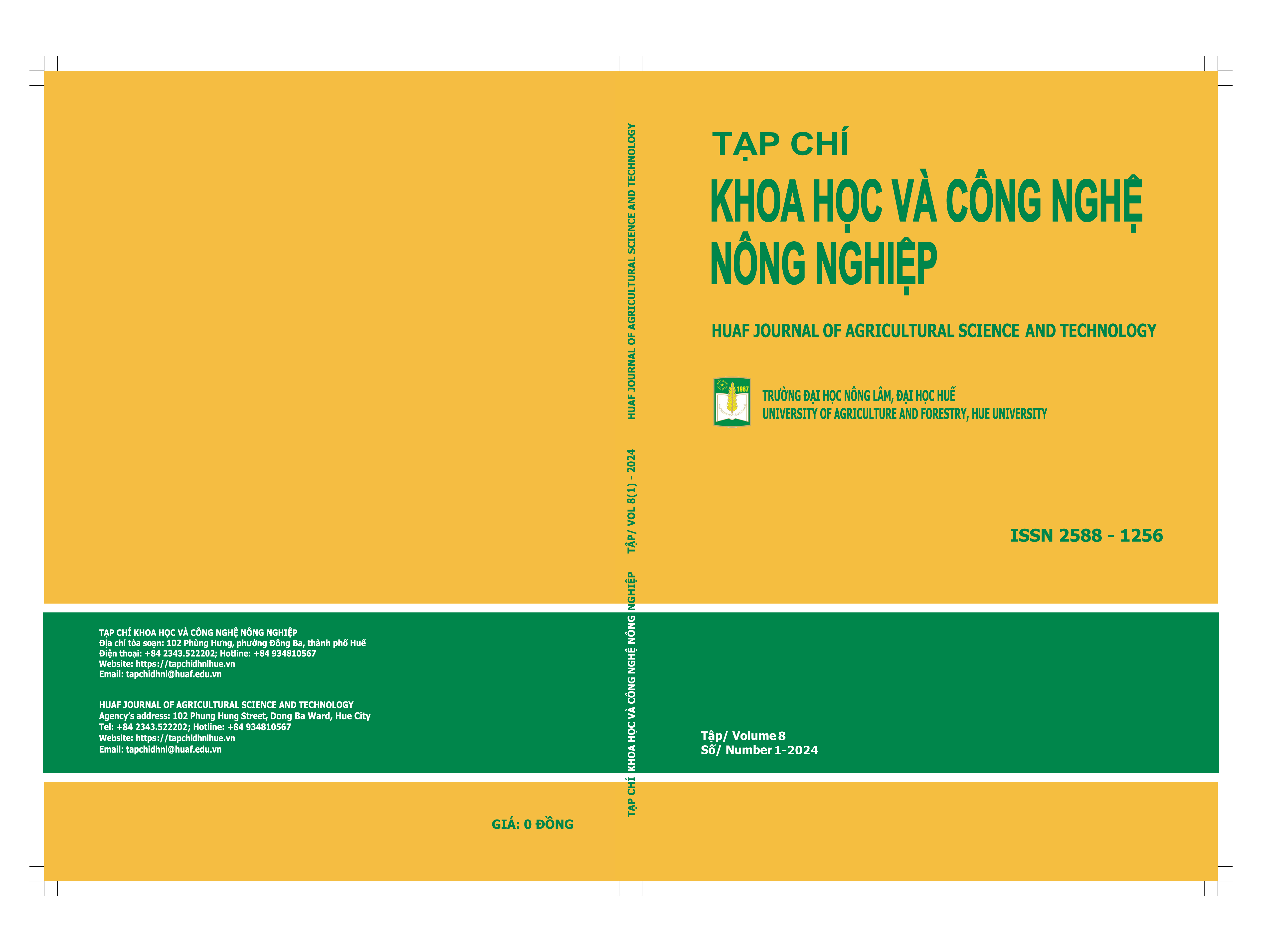##plugins.themes.huaf_theme.article.main##
Abstract
Microplastics derived from raw materials and by-products have been discovered in industrial wastewater. This study was conducted to evaluate the effectiveness of removing microplastics from industrial wastewater by using the coagulation - sedimentation and filtration method. The highest removal efficiency of microplastics by coagulation - sedimentation process was 45%. The filtration process achieved the following results for treatment 1 (quartz sand) with a removal efficiency of 58.73%; for treatment 2 (coconut shell activated carbon) with a removal efficiency of 52.94%; and for treatment 3 (quartz sand and coconut shell activated carbon) with a total removal efficiency of 47.92%. The overall effectiveness in removing microplastics of the coagulation - sedimentation and filtration process was 74.49%. A selection of locally suitable filtration materials with low cost has a high potential in removing microplastics from water.


